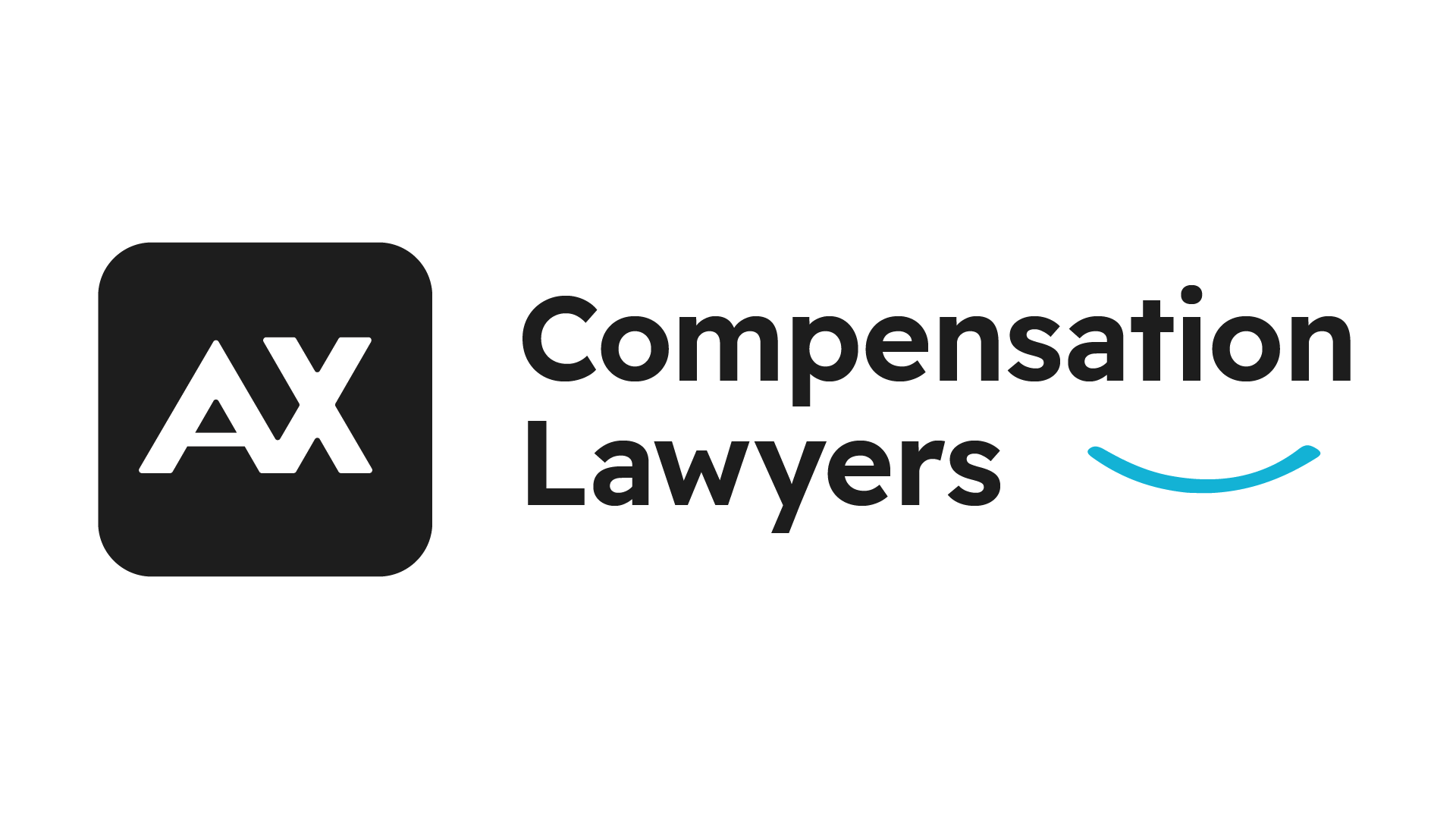How much compensation am I entitled to when pursuing a CTP Claim?
The most common question people ask when pursuing a personal injury claim is, how much compensation am I entitled to? While every case is unique, the answer lies in understanding the different types of damages available and how they apply to your specific circumstances. Compensation is designed to help restore financial stability and support your recovery, addressing the impact of your injuries on your life and future.
When pursuing a personal injury claim, understanding the types of compensation available is crucial. Injuries can have far-reaching effects on your quality of life, employment prospects, and financial stability. In Queensland, compensation is divided into various categories, each addressing specific aspects of your loss. This guide explores the key areas of compensation, including general damages, economic losses, care and assistance, and special damages. By knowing how these components are calculated and supported, you’ll be better prepared to navigate your claim and secure the compensation you deserve.
General Damages
General damages refer to the compensation an insurer is required to pay you for the impact your injuries have had on your quality of life, such as ‘pain and suffering’.
General damages are usually calculated pursuant to the relevant legislation which is calculated using an Injury Scale Value (ISV). The ISV system assigns injuries to a point value ranging from zero to 100, where zero relates to an injury not severe enough to receive an award of general damages and 100 is the most severe ISV possible.
The most useful evidence we will acquire to assist us in calculating general damages will be your independent medico-legal experts’ reports.
Past Economic Loss
Often, the largest head of damage in dispute is a person’s loss of future income earning capacity (which will be discussed below). Naturally, the more accurate and quantifiable a person’s past losses are, the more valuable they will be in assisting the parties (and a Court if necessary) in assessing a person’s future loss of income earning capacity.
Past economic losses can be found in a number of different ways, including (but not limited to):
- 1
A complete inability to return to employment;
- 2
A change in employment;
- 3
A decrease in ordinary working hours (say dropping your workload from 5 days per week to 4 days per week would result in a 20% loss);
- 4
Losses from overtime and bonuses;
- 5
Early retirement as a result of injuries;
- 6
Paying for replacement labour (usually where a person is self-employed); or
- 7
The occasional day off work.
Future Loss of Income Earning Capacity
This is ordinarily the largest head of damage that will be in dispute between the parties. From the outset, it is important to note that a loss of income earning capacity is not simply a loss of actual earnings, it is an award for your impaired ability to derive income in the future as a direct result of an injury. As mentioned above however, an accurate and quantifiable claim for past loss of economic loss can be highly probative in assessing your future loss of income earning capacity.
When calculating your loss of future income earning capacity, several factors may be considered, including:
- 1
Your work history and earnings prior to the injury, which serve as a benchmark for assessing future loss (as touched on above);
- 2
Your age and the number of years before your estimated retirement. The Courts usually consider a person’s retirement age to be 67;
- 3
Your occupation, qualifications, and skills, along with the likelihood of promotions or advancements that you may have received if you hadn’t been injured;
- 4
The severity and permanence of your injuries, and how they affect your ability to perform work duties, both in your current occupation and in the open labour market; and
- 5
Any medical evidence that provides insight into your ability to work, need for ongoing treatment, and potential for recovery or further deterioration.
Pursuant to section 55 of the Civil Liability Act 2003 (Qld) (CLA), a court can also make an award under this head of damage in circumstances where earnings cannot be precisely calculated. These types of awards are referred to as ‘global awards’.
A ‘global award’ for loss of future income earning capacity, is an amount awarded to you for the estimated reduction in your ability to earn income over the remainder of your working life due to your injuries.
In personal injury litigation, a global award is intended to account for various uncertainties and contingencies associated with an injured person’s future working life. These might include:
- 1
The likelihood of you obtaining different types of employment;
- 2
Future promotions or career advancements you may have secured but for the injuries;
- 3
The potential for retraining to enter a different field of work;
- 4
The possibility of periods of unemployment or underemployment; and
- 5
The impact of inflation and wage growth over time.
Global awards are calculated based on factors such as your age, life expectancy, likely retirement age, present and future earning capacity, and the nature and extent of your injuries. It also considers the possibility that your condition may deteriorate or improve.
Calculating loss of future income earning capacity often involves actuarial calculations and may require evidence from medical professionals, occupational therapists, and other experts.
Past Care and Assistance
Past care and assistance refers to the compensation awarded for the care and support services you have received from the date of the injury. This compensation is designed to reimburse the costs associated with the assistance provided due to you due to your inability to perform certain tasks yourself because of your injuries.
Care and assistance can include a wide range of services, such as:
- 1
Personal care (e.g. bathing, dressing, toileting);
- 2
Domestic assistance (e.g. cleaning, cooking, laundry);
- 3Transportation to and from medical appointments; and
- 4
Gardening and home maintenance.
Care and assistance typically falls under either:
- 1
Commercial care and assistance; or
- 2
Gratuitous care and assistance
Commercial care and assistance, is simply care provided on a commercial basis for tasks you ordinarily completed yourself prior to sustaining your injuries. In order to claim commercial care and assistance, it is important you keep accurate records of costs you have incurred in obtaining these services.
Gratuitous care and assistance is care provided by family members and friends and establishing a claim is slightly more complicated due to the legislative restrictions and the many variables associated with the claim. Specifically, section 59 of the CLA provides the following:
- 1
The services must be ‘necessary’;
- 2
The need for the services must arise ‘solely’ from your claim related injuries; and
- 3
The services provided must be provided in the sum of at least 6 hours per week, over a period of at least 6 months.
When past gratuitous care and assistance is claimed, it is standard for us to contact your care providers (lay witnesses) to obtain statements from them to verify the care and assistance they provided you.
Additionally, keeping detailed records (or a diary) of all care and assistance you have received (including dates, times, the type of assistance and the people providing the assistance) can greatly assist in substantiating your claim. Although it is not essential to keep such detailed records (particularly if you are already overwhelmed from appointments etc) it adds probative value to your claim and is encouraged by us where you have the capacity to do so.
Future Care and Assistance
When assessing future care and assistance, it is again useful to consider whether a claim for past care and assistance has been established, as this will also be useful in determining whether, and to what extent, an award for future care and assistance should be made.
In addition to evidence obtained from lay witnesses (the friends and family that have provided care), we will rely on evidence from independent medico-legal experts, particularly their opinions on your future care needs.
Past Special Damages
Another head of damage we will consider will be your past special damages. This includes out of pocket expenses such as payments made by you to medical providers, for medication, travel etc. Past special damages will also consider refunds to statutory bodies such as Medicare and WorkCover Queensland. You can help us to maximise your claim under this head of damage by providing us with all receipts / invoices for out of pocket expenses paid by you.
Summary
Navigating a personal injury claim can feel overwhelming, but understanding the categories of compensation simplifies the process. From general damages for pain and suffering to economic losses and care-related expenses, each element plays a vital role in addressing the impact of your injuries.
It’s also important to manage expectations by having a realistic understanding of potential compensation levels and the timelines involved in resolving a claim. Personal injury claims require careful planning and patience, and while the process may take time, working closely with your legal team ensures that your claim is accurately prepared and fairly represented. By providing the necessary evidence, such as medical reports, receipts, and witness statements, you can strengthen your case and focus on what truly matters — your recovery.
If you have any questions or need assistance with your claim, don’t hesitate to get in touch with our experienced team. We’re here to guide you every step of the way.


